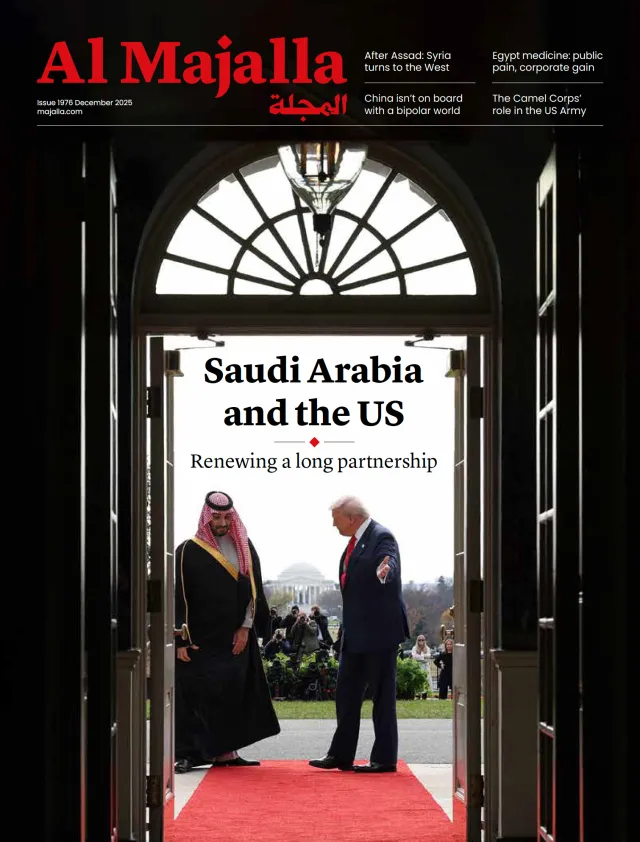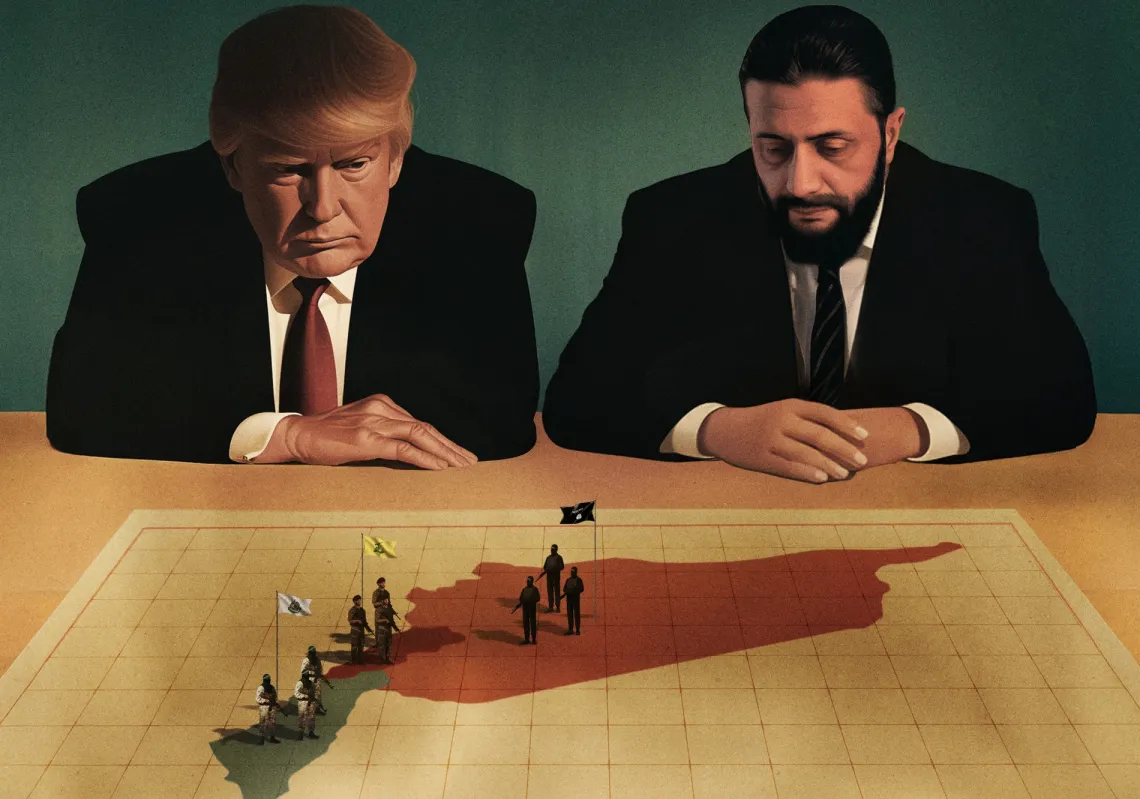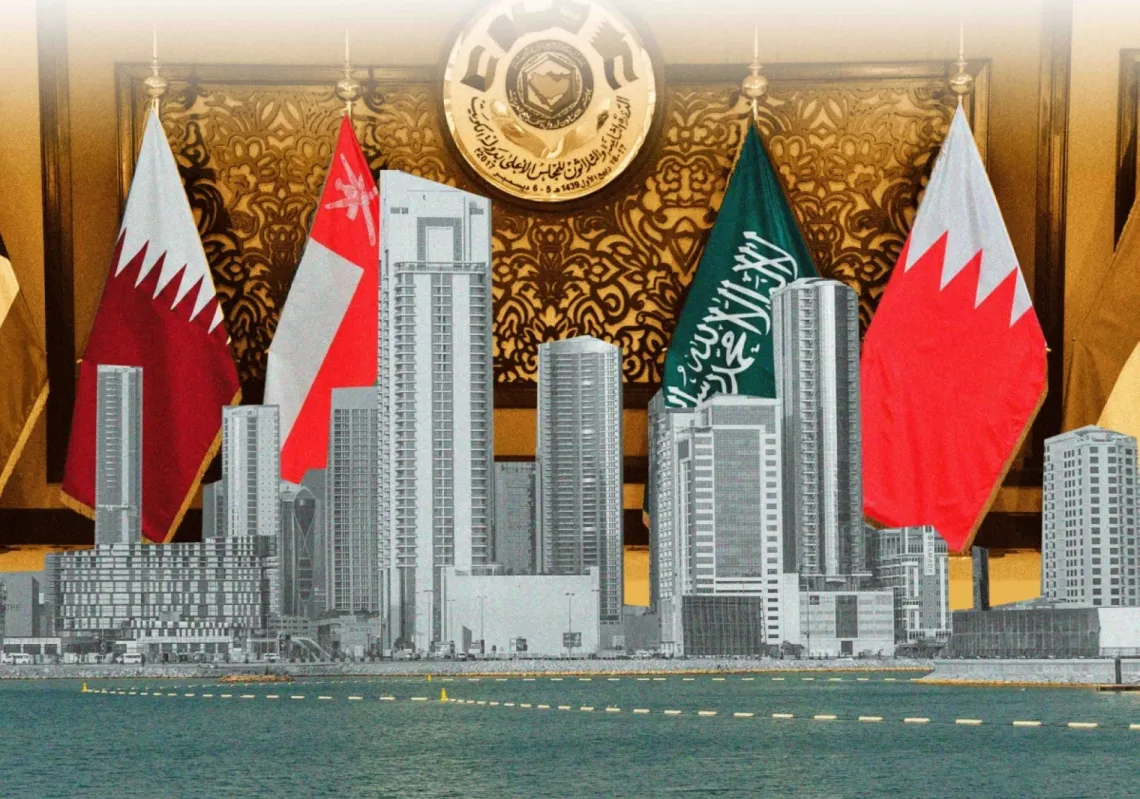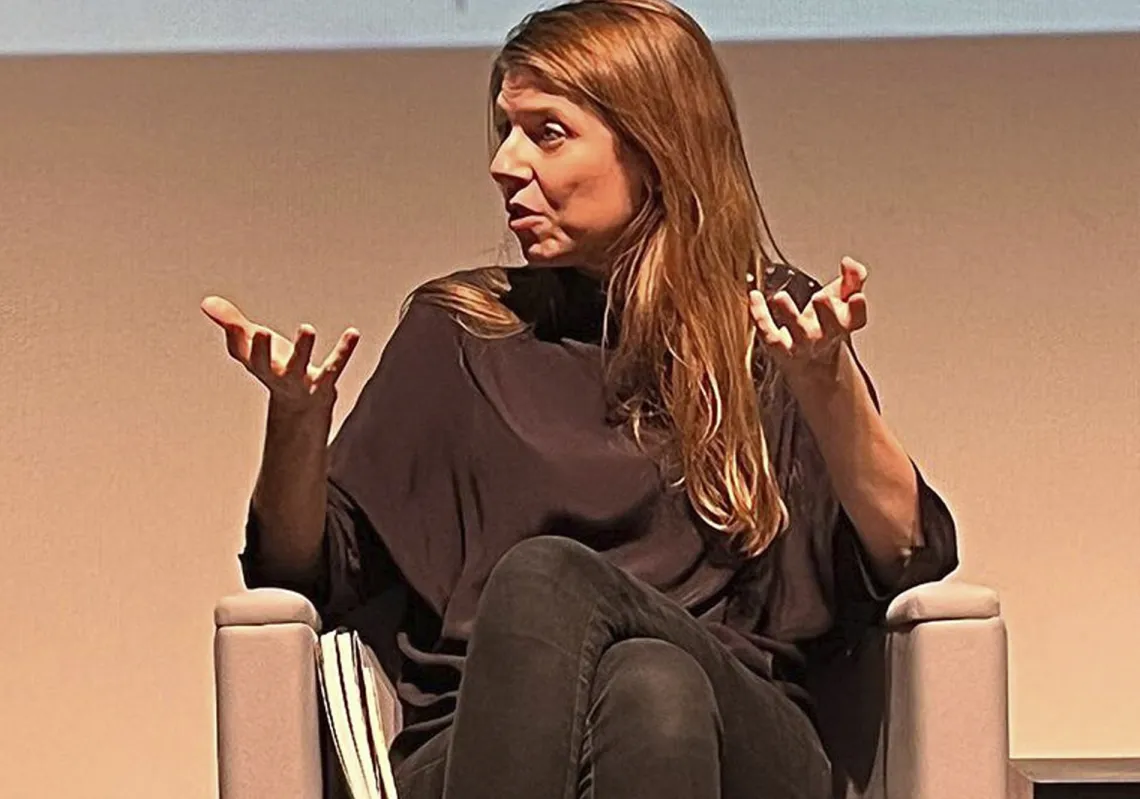Mecca, this sacred city that draws the hearts of Muslims from every corner of the globe, where souls yearn to visit the House of God and circumambulate the revered Kaaba, was not solely an object of Muslim devotion. It also captivated Western travellers and stirred the imaginations of Orientalists. As a holy sanctuary forbidden to non-Muslims, its inaccessibility loomed large in the European imagination, rendering it a city of secrets and a locus of marvels and wonder.
Since the Middle Ages, Western travellers regarded Mecca as the ultimate prize of exploration. The veils that enshrouded it were too powerful to resist, drawing a handful of adventurers—cloaked in the guise of Islam—on a quest to uncover its stories, rituals, and the secrets of its pilgrims – heedless of the dangers that could befall them at any moment. In their accounts, sanctity intertwined with curiosity, and the city’s spiritual aura merged with the drive for discovery as they recorded marvellous chapters of anticipation, impersonation, and transcendence.
Their motives were not solely intellectual. Political ambitions and colonial designs often underpinned their journeys. Some arrived in search of geographical knowledge and strategic insights from the very heart of the Islamic world. Thus, spiritual yearning, scholarly inquiry, and geopolitical intrigue converged, making Mecca—in their eyes—the pinnacle of travel literature: a destination steeped in awe and danger, accessible only through subterfuge and cloaked in a sanctity too imposing to approach openly.
Disguise as a gateway
Confronted by the religious prohibition barring non-Muslims from entering Mecca and Medina, Western travellers had little choice but to resort to disguise. It was the only way they could infiltrate the sacred sanctuaries and witness the holy rites first-hand.
These adventurers adopted Muslim attire, assumed Islamic names, and became fluent in Arabic or various Eastern dialects. Some went further, studying the Qur’an and mastering Islamic rituals to convincingly emulate Muslims in both appearance and behaviour. Many feigned conversion and claimed descent from far-flung Muslim communities to avoid arousing suspicion.

One such example is the British explorer Richard Burton, who, in 1853, posed as an Afghan doctor to gain access to Mecca. Fluent in Eastern languages such as Arabic and Farsi, he managed to persuade his fellow travellers of his assumed identity.
Others chose to present themselves as Muslims from remote regions of Asia or Africa, where their physical features might plausibly align with their fabricated origins. Some even underwent circumcision to solidify their pretence, acutely aware that exposure could lead to severe consequences, particularly if suspected of espionage or sacrilege.
These covert visitors employed bold tactics to pass unnoticed. Some borrowed identification documents or assumed the identities of actual Muslim pilgrims. The German baron Heinrich von Maltzan, for instance, entered Mecca in 1860 using the papers of an Algerian acquaintance, for which he paid a fee. He adopted the name Abdul Rahman and successfully passed through the city’s gates undetected.
Through such perilous subterfuge, some managed not only to enter Mecca but to perform the Hajj, whether under false pretences or in genuine faith. While some merely professed Islam temporarily to reach their objective, others experienced sincere conversions and undertook the pilgrimage with newfound conviction.
Strikingly, their daring disguises were often accompanied by a spirit of scientific endeavour. Many of these travellers were Orientalists, ethnographers, and linguists driven by intellectual curiosity to extraordinary lengths. They studied the details of Islamic worship—including the rituals of prayer, the circumambulation of the Kaaba, and the Sa’ee (walking between Safa and Marwa)—enabling them to blend seamlessly among the faithful.

In many instances, they embedded themselves within Meccan society, observing its markets, social gatherings, and daily rhythms in order to document their findings. In this way, disguise became not just a cover for unauthorised entry, but also a tool for scientific exploration. The legacy of these covert missions is a substantial body of literature that provides rare insights into Mecca’s customs, its people, and its pilgrims. Insights that remained obscured from the Western world for centuries.
Ludovico di Varthema
Among the most intriguing adventurers in the history of Orientalism is the Italian traveller Ludovico di Varthema—recognised as the first known non-Muslim European to enter Mecca and describe it from within. His journey began in the early 16th century, driven by a dual motive: a religious and intellectual curiosity to understand Islam from the inside, and a political mission, likely involving espionage on behalf of the Portuguese authorities, who at the time sought to expand their influence in the Islamic East.















